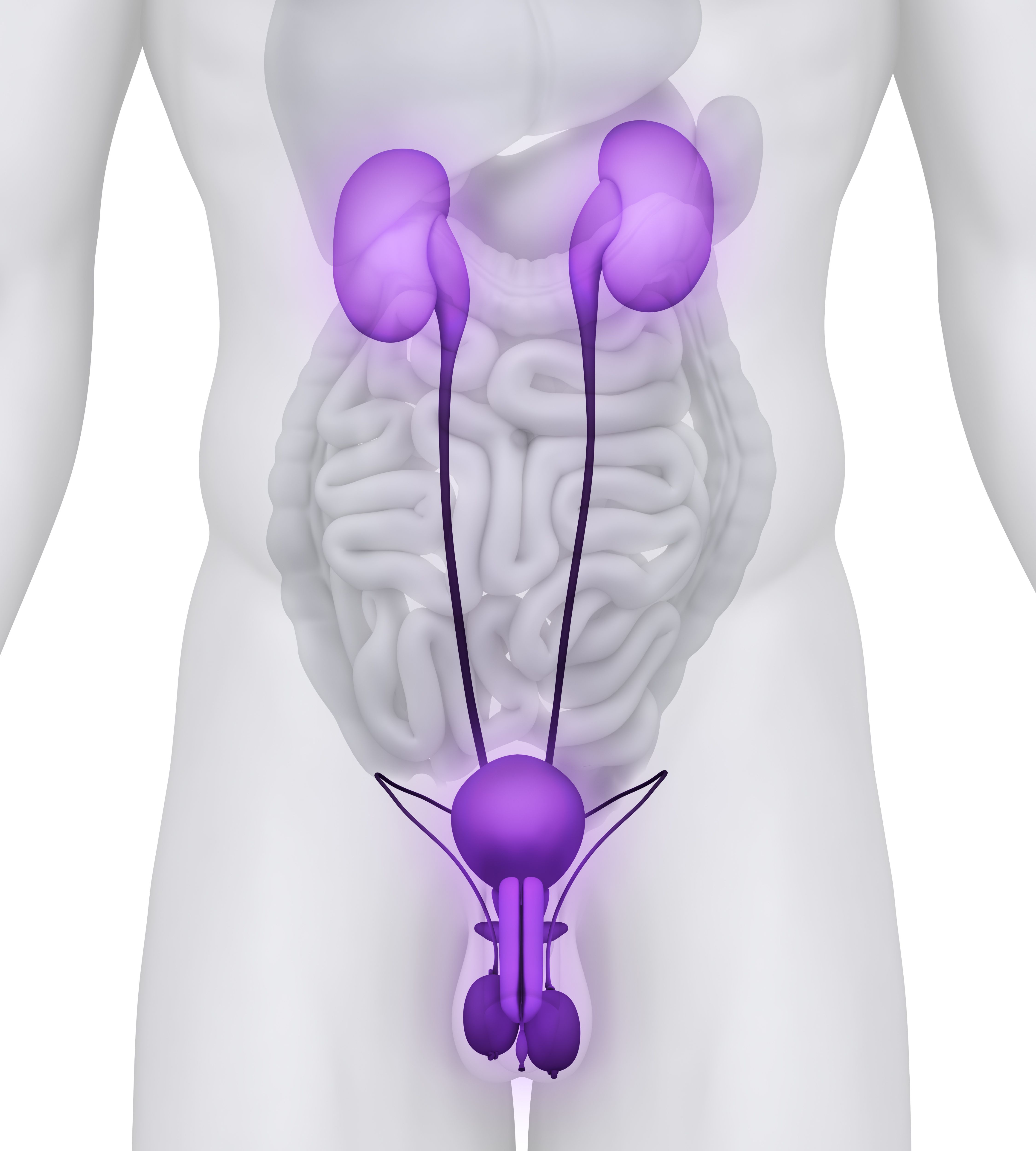T-Cell and B-Cell Immune Repertoires Differences Associated With ICI Response in Metastatic RCC
Eddy Saad, MD, explained how responses to immune checkpoint inhibitors can be elicited in patients with metastatic renal cell carcinoma.
Eddy Saad, MD, explained how responses to immune checkpoint inhibitors can be elicited in patients with metastatic renal cell carcinoma.

An institutional cohort of samples of tumor tissues from patients with metastatic renal cell carcinoma (mRCC) identified higher levels of baseline TCR clonality in peripheral blood mononuclear cells (PBMCs) and baseline IgG1 fraction in PBMCs, according to a study presented at the 2023 Kidney Cancer Research Summit.
“Differences in T-cell and B-cell immune repertoires are associated with response to ICI [immune checkpoint inhibitor]–based regimens in patients with mRCC,” lead study author Eddy Saad, MD, research fellow in medicine at Dana-Farber Cancer Institute in Boston, Massachusetts, said in a presentation of the data.
Responses with standard therapy including ICIs and VEGF-targeted therapy in mRCC vary, creating an unmet need for biomarkers of response. Previous work has focused on using tumor-specific characteristics to define biomarkers. However, interaction between the tumor and the host’s immune environment conditions clinical outcomes, resulting in host-specific biomarkers.
As such, investigators sought to define the relationship between T-cell and B-cell immune repertoires and clinical outcomes in patients with mRCC who received VEGF-targeted therapy or an ICI-based regimen. In the study, 386 PBMC and tumor samples from patients with mRCC treated at Dana-Farber Cancer Institute were collected and evaluated with TCR sequencing and RNA sequencing.
Patients had been treated with either a VEGF TKI alone or an ICI in combination with another ICI or a VEGF TKI. Samples were evaluated at baseline and on-therapy and stratified by responders and non-responders.
A total of 124 patients and 104 patients treated with VEGF TKI monotherapy and an ICI-based therapy, respectively, underwent baseline TCR sequencing; 52 and 87 patients in each cohort underwent follow-up TCR sequencing while on therapy.
A total of 46 patients and 59 patients treated with VEGF TKI monotherapy and an ICI-based therapy, respectively, underwent baseline BCR IgH testing; 11 patients in each treatment cohort underwent follow-up testing for IgH.
“At baseline, there were no differences in the abundance of immune cell populations between responders and non-responders,” Saad said.
However, patients who responded to ICI-based regimens displayed a trend toward increased TCR clonality at baseline vs non-responders (P = .06); however, this was not observed in those treated with VEGF inhibition alone (P = .26). Additionally, patients who responded to ICI-based regimens displayed a higher IgG1 fraction in PBMCs at baseline vs non-responders (P = .01). This trend was not seen in those treated with VEGF inhibition alone (P = .15). Similar results with ICI-based regimens were seen in tissue samples (P = .05).
Regarding further biomarker development, Saad concluded by stating that despite these results, much larger patient cohorts will be needed to sort out potential practical immune-based markers.
Reference
Saad E, Labaki C, Song L, et al. Host immune signatures as predictors of response to immunotherapy-based regimens in patients with metastatic renal cell carcinoma. Presented at: 2023 Kidney Cancer Research Summit; July 13-14, 2023; Boston, MA. Abstract 74.